Distinguished materials scientist Takeshi Egami has spent his career revealing the complex atomic structure of metallic glass and other liquids. He studies these materials at the Department of Energy’s Oak Ridge National Laboratory and the University of Tennessee, Knoxville.
Tag: Department of Energy Office of Science
Ion swap dramatically improves performance of CO2-defeating catalyst
A team of scientists led by the Department of Energy’s Oak Ridge National Laboratory found an unconventional way to improve catalysts made of more than one material. The solution demonstrates a path to designing catalysts with greater activity, selectivity and stability.
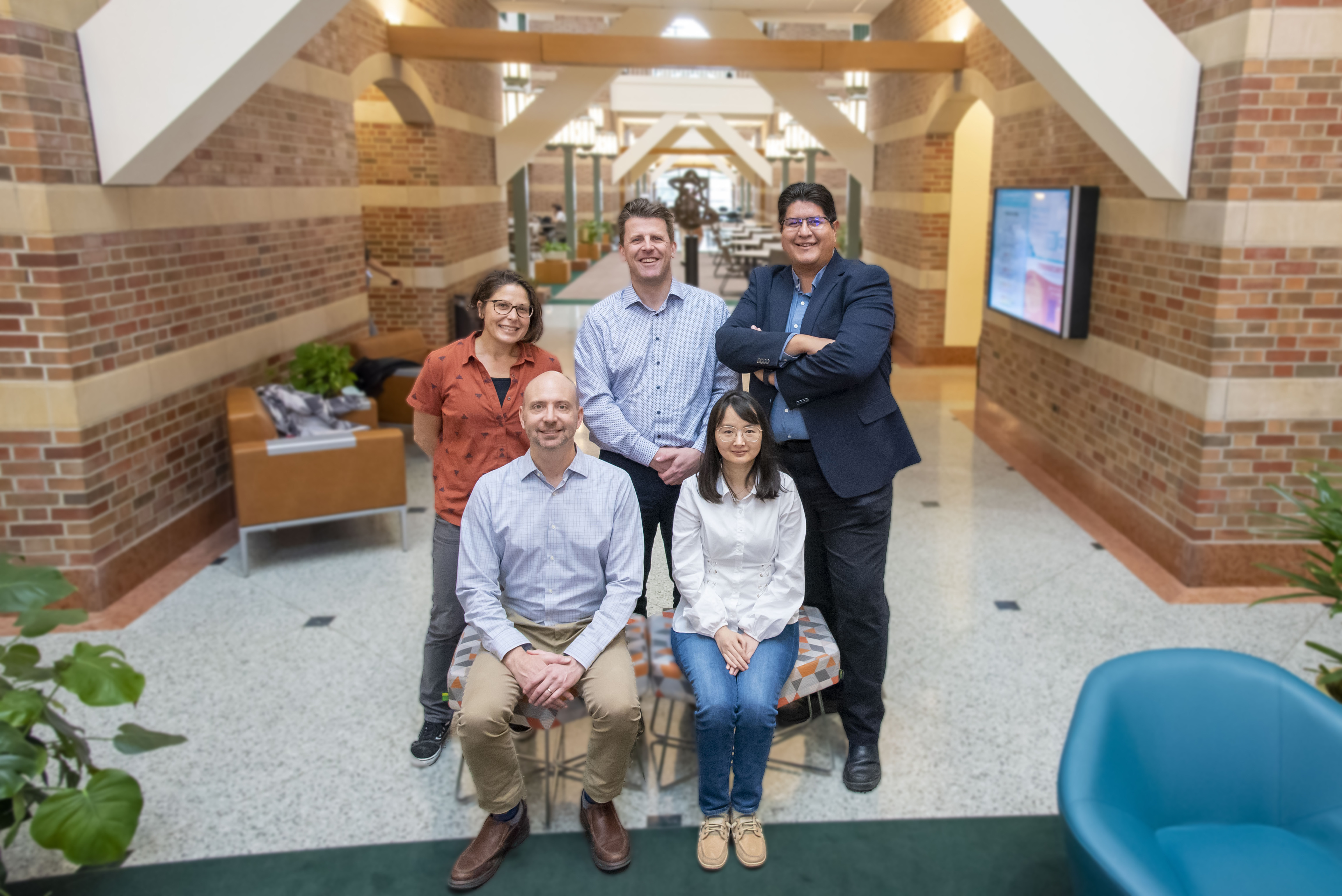
Microdroplets, macro results: Beckman researchers pursue Energy Earthshots
Researchers at the Beckman Institute will conduct electrochemical reactions in microdroplets to produce clean hydrogen, sequester carbon dioxide, and store renewable energies like wind and solar inexpensively and sustainably. Their project, called DROPLETS, received $4.5 million from the U.S. Department of Energy’s Office of Science through its Energy Earthshots Initiative.
Scientists uncovered mystery of important material for semiconductors at the surface
A team of scientists with Oak Ridge National Laboratory has investigated the behavior of hafnium oxide, or hafnia, because of its potential for use in novel semiconductor applications.
How Scientists Are Accelerating Next-Gen Microelectronics
In a new Q&A, microelectronics expert and CHiPPS Director Ricardo Ruiz shares his perspective on keeping pace with Moore’s Law in the decades to come through a revolutionary technique called extreme ultraviolet lithography.
EMSL User Project Using AI to Advance Discoveries in Protein Folding
EMSL user Pernilla Wittung-Stafshede discusses how artificial intelligence is helping her understand the process of protein folding within cells.
Worsening wildfires have EMSL researchers looking for impact on soil, climate
Steven Allison, Professor of Ecology and Evolutionary Biology and Earth System Science, is using EMSL capabilities to uncover mysteries from the Earth beneath our feet. Allison explains how his research could help us understand severe events, like wildfire patterns, and how they affect soil microbiomes.
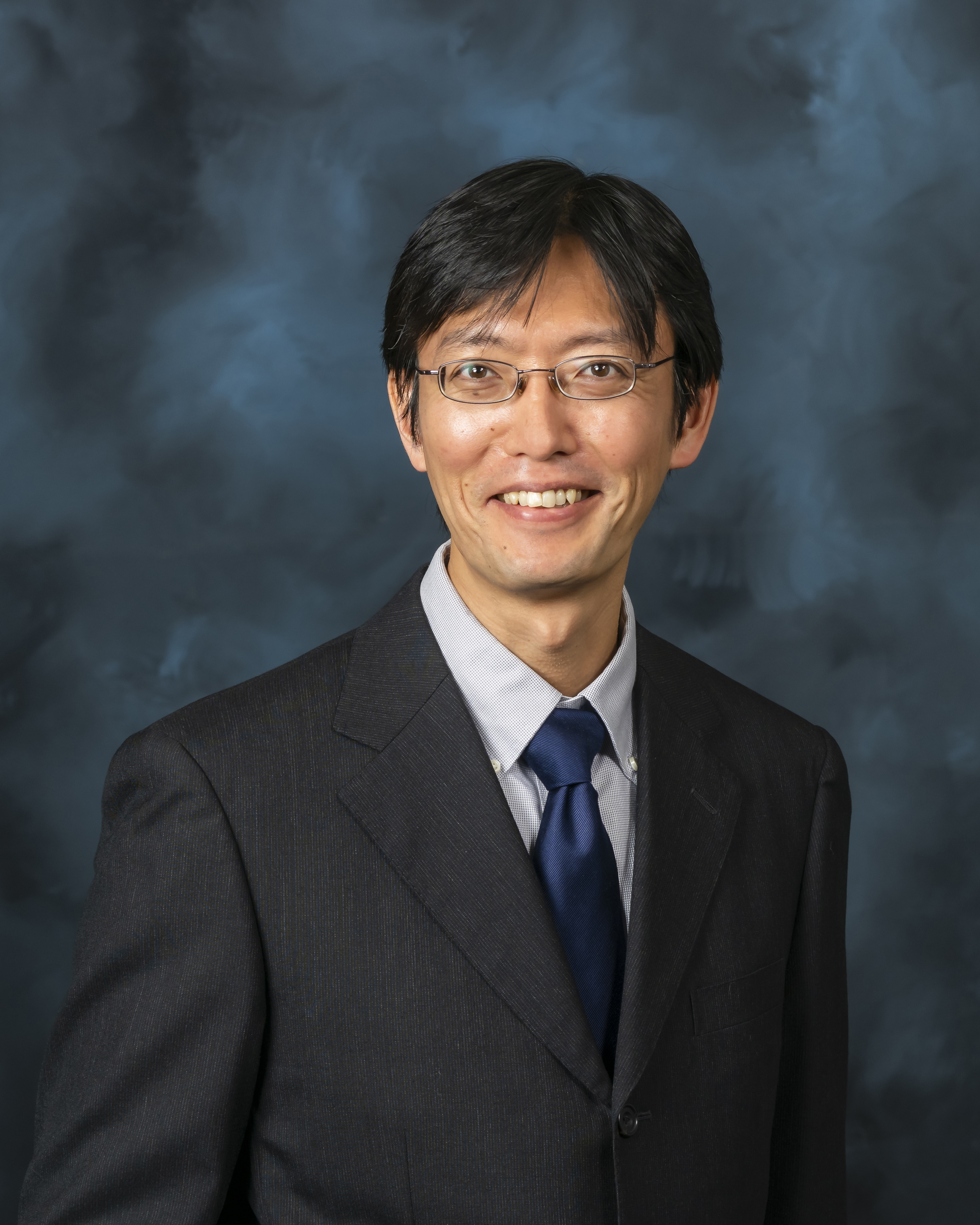
ORNL inventor Tomonori Saito honored at Battelle Celebration of Solvers
Tomonori Saito, a distinguished innovator in the field of polymer science and senior R&D staff member at the Department of Energy’s Oak Ridge National Laboratory, was honored on May 11 in Columbus, Ohio, at Battelle’s Celebration of Solvers.
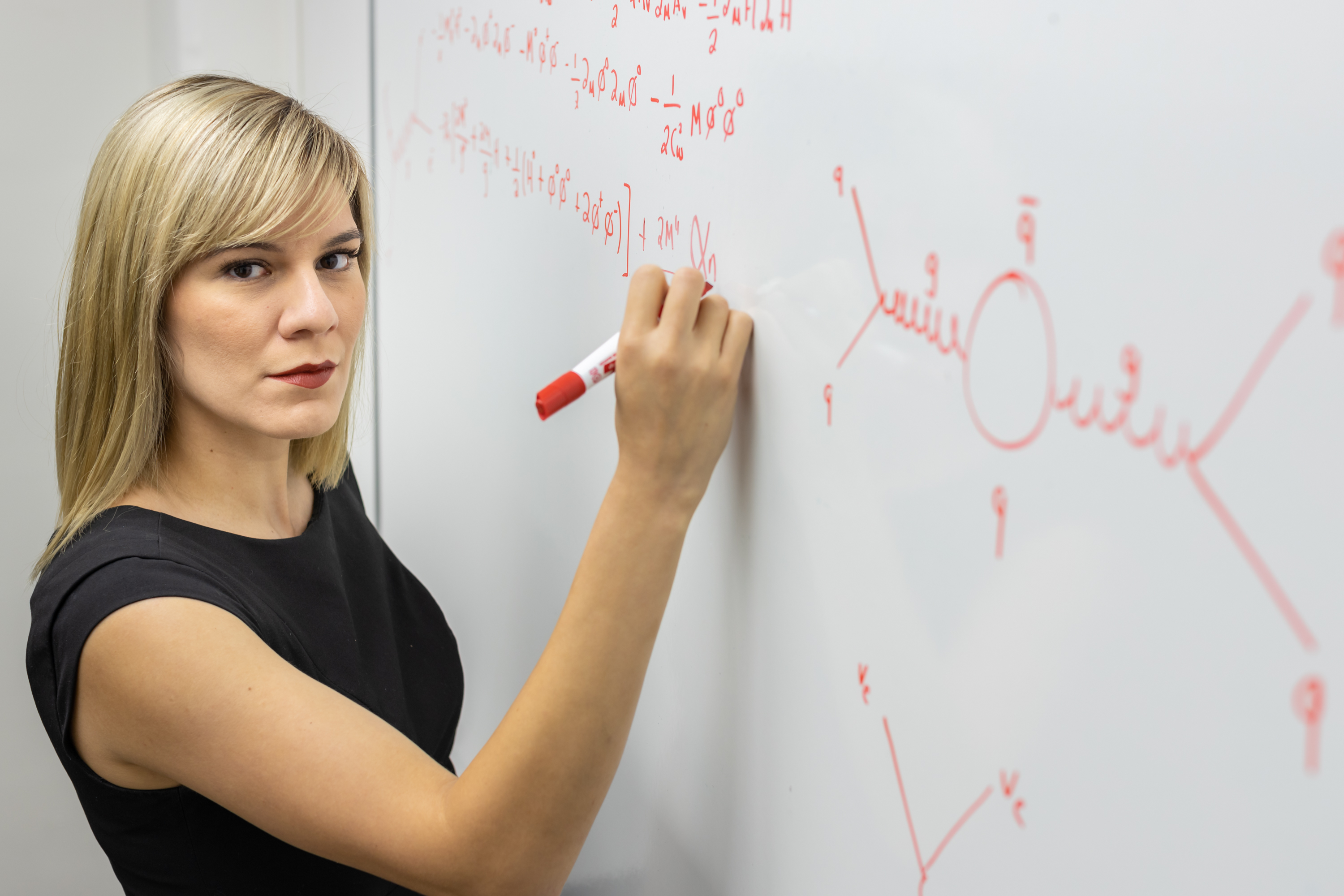
Andrea Delgado unites fundamental, high energy physics with quantum computing
Andrea Delgado, a Eugene P. Wigner Fellow at the Department of Energy’s Oak Ridge National Laboratory, is using quantum computing to help investigate the fundamental building blocks of the universe and to see whether there are particles yet to be found.
How a Record-Breaking Copper Catalyst Converts CO2 Into Liquid Fuels
Since the 1970s, scientists have known that copper has a special ability to transform carbon dioxide into valuable chemicals and fuels. But for many years, scientists have struggled to understand how this common metal works as an electrocatalyst, a mechanism that uses energy from electrons to chemically transform molecules into different products.
DOE Announces a Request for Information to Strengthen and Catalyze Place-Based Regional Innovation
The U.S. Department of Energy (DOE) Office of Technology Transitions and Office of Science today jointly released a request for information (RFI) to strengthen place-based innovation activities by leveraging DOE national laboratories, plants, and sites for the benefit of the American people.
Department of Energy Announces $9.1 Million for Research on Quantum Information Science and Nuclear Physics
Today, the U.S. Department of Energy (DOE) announced $9.1 million in funding for 13 projects in Quantum Information Science (QIS) with relevance to nuclear physics. Nuclear physics research seeks to discover, explore, and understand all forms of nuclear matter that can exist in the universe – from the subatomic structure of nucleons, to exploding stars, to the emergence of the quark-gluon plasma seconds after the Big Bang.
Department of Energy Announces $105 Million for Research to Support the Biopreparedness Research Virtual Environment (BRaVE) Initiative
Today, the U.S. Department of Energy (DOE) announced $105 million for research in biopreparedness. This funding, provided by the Office of Science, will support fundamental research to accelerate breakthroughs in support of the Biopreparedness Research Virtual Environment (BRaVE) initiative.
Department of Energy Issues Request for Information and Launches New Website for the Fermi National Accelerator Laboratory Management and Operating Contract Competition
Today, the U.S. Department of Energy (DOE) initiated the competition for the management and operating (M&O) contract for the Fermi National Acceleratory Laboratory (FNAL).
Department of Energy Announces $35 Million to Build Research Capacity, Infrastructure, and Expertise at Institutions Historically Underrepresented in Science
Today, the U.S. Department of Energy (DOE) announced $35 million to build research capacity, infrastructure, and expertise at institutions historically underrepresented in science, including minority serving institutions (MSIs) and emerging research institutions (ERIs). FAIR will enhance research at these institutions on clean energy, climate, and additional topics spanning the Office of Science portfolio. This investment will help develop a diverse, vibrant, and excellent scientific workforce and contribute to the science innovation ecosystem.
DOE Announces $32 Million in Research Opportunities for Underrepresented Groups
The U.S. Department of Energy (DOE) today announced 41 awards totaling $32 million to 37 institutions to support historically underrepresented groups in science, technology, engineering, and mathematics (STEM) and diversify American leadership in the physical sciences, including energy and climate. The funding, through the DOE Office of Science’s Reaching a New Energy Sciences Workforce (RENEW) initiative, will support internships, training programs, and mentor opportunities at Historically Black Colleges and Universities (HBCUs), other Minority Serving Institutions (MSIs), and other research institutions. Ensuring America’s best and brightest students have pathways to STEM fields will be key to achieving President Biden’s energy and climate goals, including achieving a net-zero carbon economy by 2050.
Celeritas code will accelerate high energy physics simulations with supercomputers
Scientists at the Department of Energy’s Oak Ridge National Laboratory are leading a new project to ensure that the fastest supercomputers can keep up with big data from high energy physics research.
Magnetic quantum material broadens platform for probing next-gen information technologies
Scientists at Oak Ridge National Laboratory used neutron scattering to find the first 2D system to host a spiral spin liquid.
Physicists confront the neutron lifetime puzzle
To solve a long-standing puzzle about how long a neutron can “live” outside an atomic nucleus, physicists entertained a wild but testable theory positing the existence of a right-handed version of our left-handed universe.
Pushing the Boundaries of Moore’s Law: How Can Extreme UV Light Produce Tiny Microchips?
Some analysts say that the end of Moore’s Law is near, but Patrick Naulleau, the director of Berkeley Lab’s Center for X-Ray Optics (CXRO), says that it could be decades before the modern chip runs out of room for improvement, thanks to advances in materials and instrumentation enabled by the CXRO.
Science snapshots from Berkeley Lab
New Berkeley Lab breakthroughs: engineering chemical-producing microbes; watching enzyme reactions in real time; capturing the first image of ‘electron ice’; revealing how skyrmions really move
Tiny but mighty precipitates toughen a structural alloy
Scientists at Oak Ridge National Laboratory and the University of Tennessee, Knoxville, have found a way to simultaneously increase the strength and ductility of an alloy by introducing tiny precipitates into its matrix and tuning their size and spacing.
Department of Energy and The Kavli Foundation Announce Communicating the Future: Engaging the Public in Basic Science conference
To advance effective public communication of basic science, the Department of Energy (DOE) Office of Science and The Kavli Foundation’s Science Public Engagement Partnership (SciPEP) will host a virtual conference on why and how scientists and science communicators connect with the broader public around discovery science.
ORNL’s superb materials expertise, data and AI tools propel progress
At the Department of Energy’s Oak Ridge National Laboratory, scientists use artificial intelligence, or AI, to accelerate the discovery and development of materials for energy and information technologies.
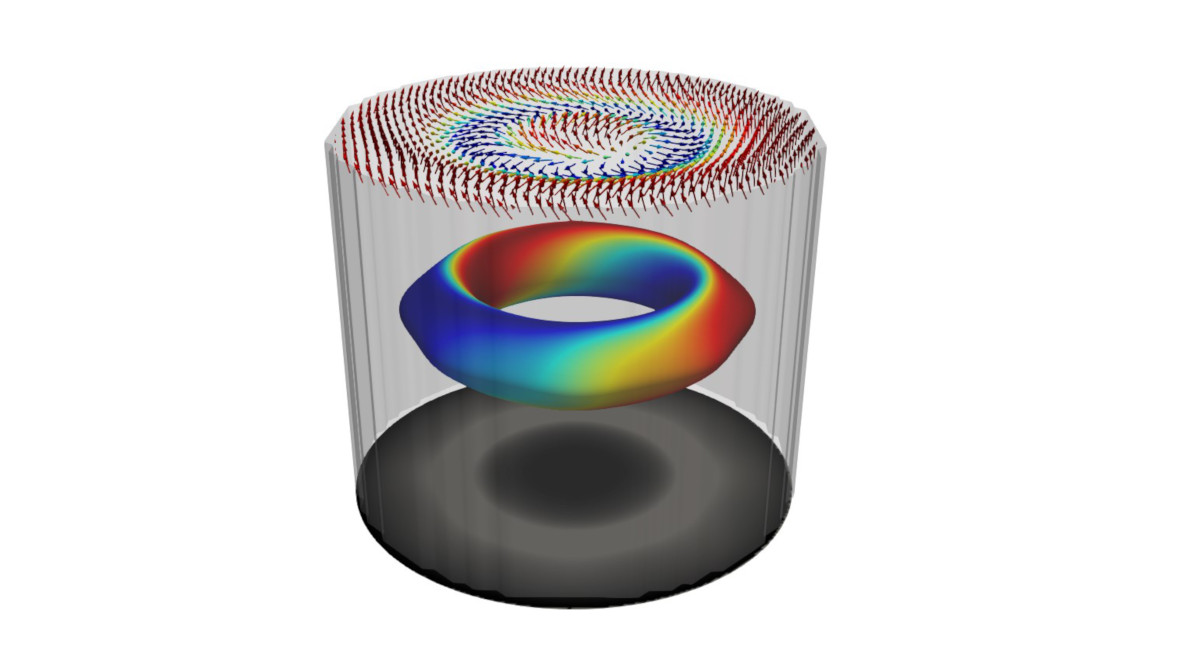
The Spintronics Technology Revolution Could Be Just a Hopfion Away
A research team co-led by Berkeley Lab has created and observed quasiparticles called 3D hopfions at the nanoscale (billionths of a meter) in a magnetic system. The discovery could advance high-density, high-speed, low-power, yet ultrastable magnetic memory “spintronics” devices.
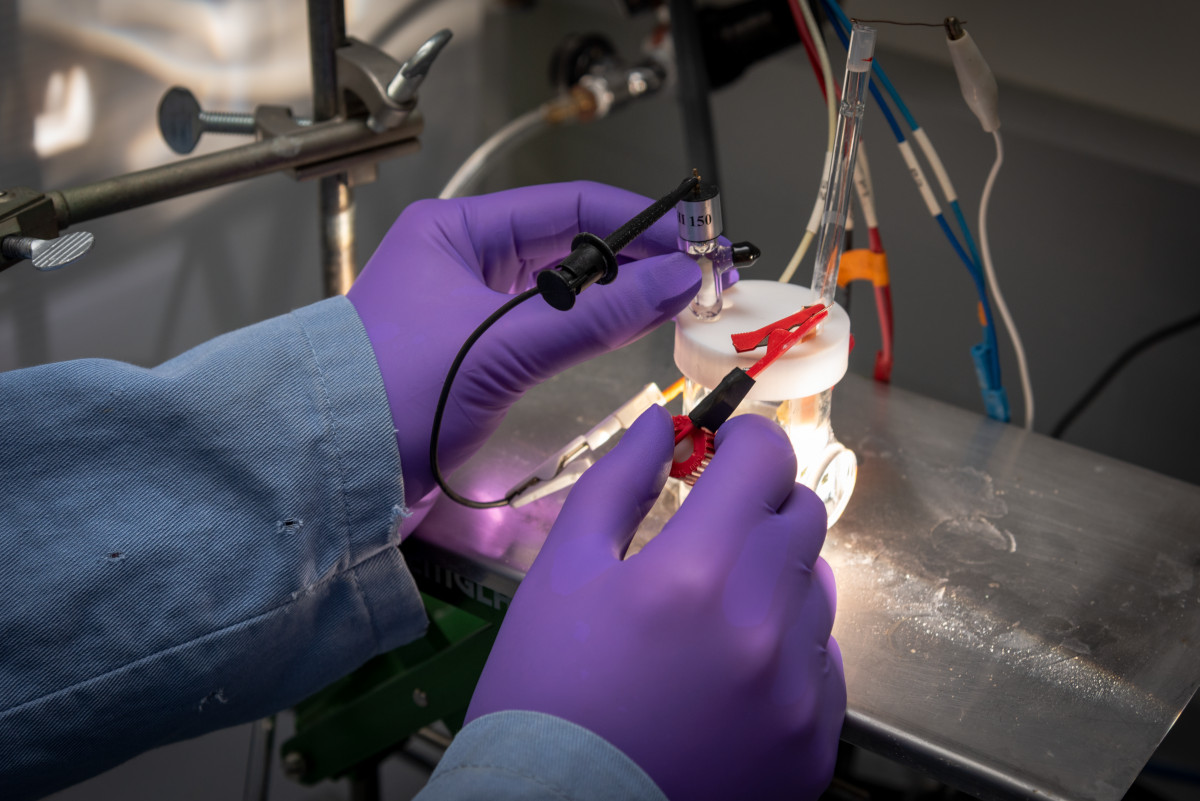
This hydrogen fuel machine could be the ultimate guide to self improvement
Scientists at Berkeley have uncovered an extraordinary self-improving property that transforms an ordinary semiconductor into a highly efficient and stable artificial photosynthesis device
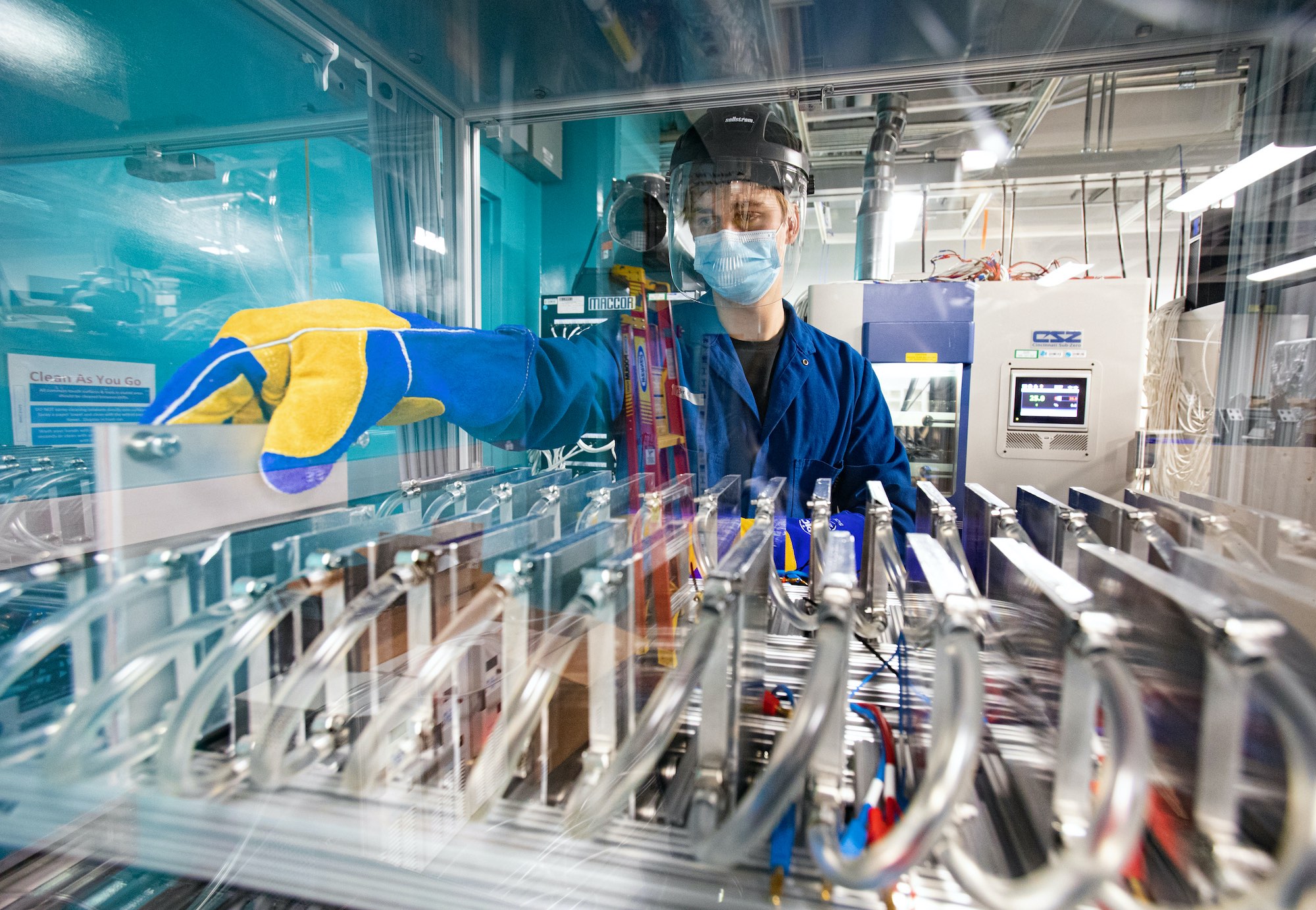
April Snapshots
Science Snapshots from Berkeley Lab: X-rays accelerate battery R&D; infrared microscopy goes off grid; substrates support 2D tech
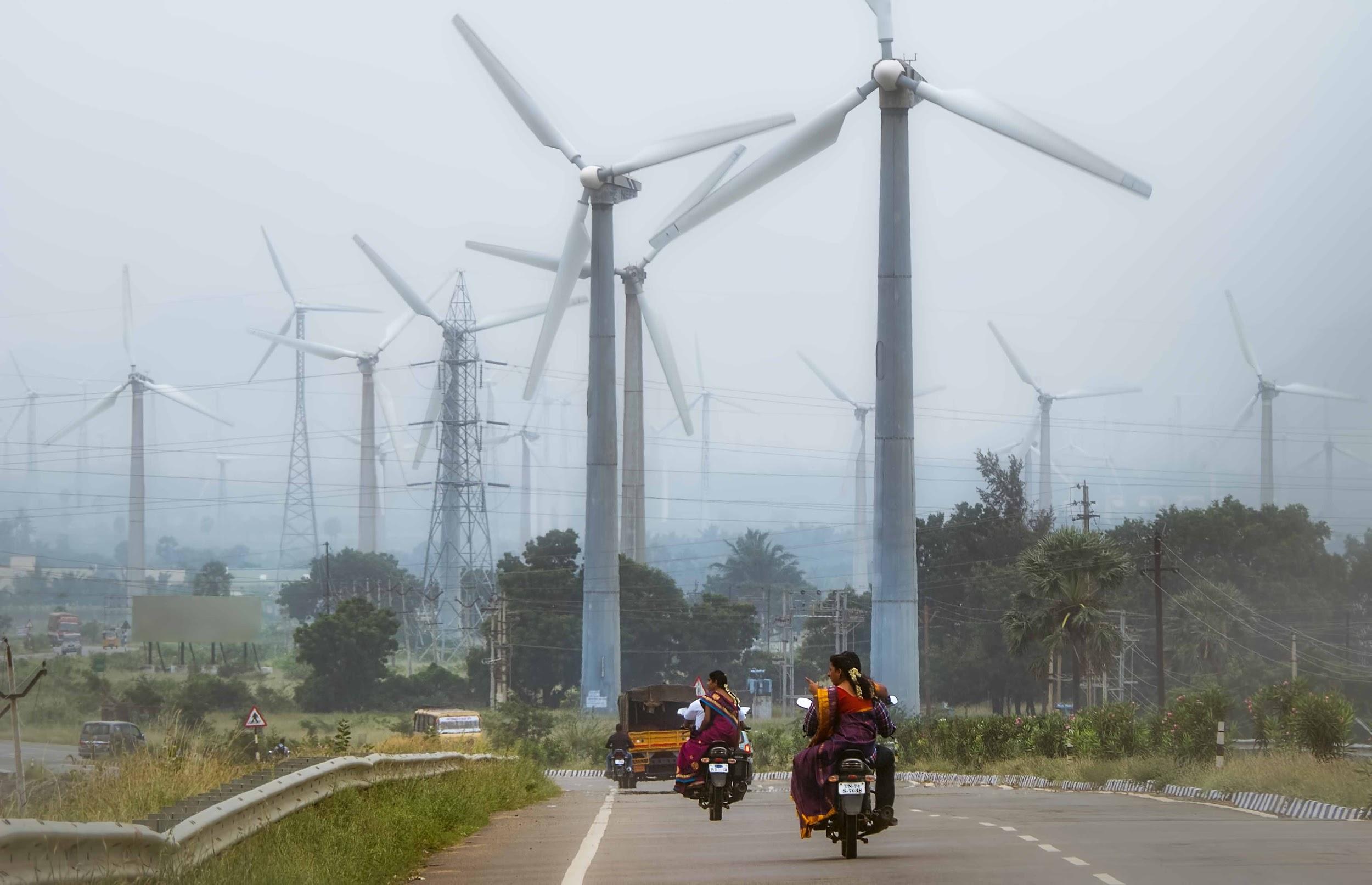
Science Snapshots From Berkeley Lab – Week of March 29, 2021
India’s Ambitious Clean Energy Goals, a Secret Pathway to Harnessing the Sun for Clean Energy, and a Supersmart Gas Sensor for Asthmatics
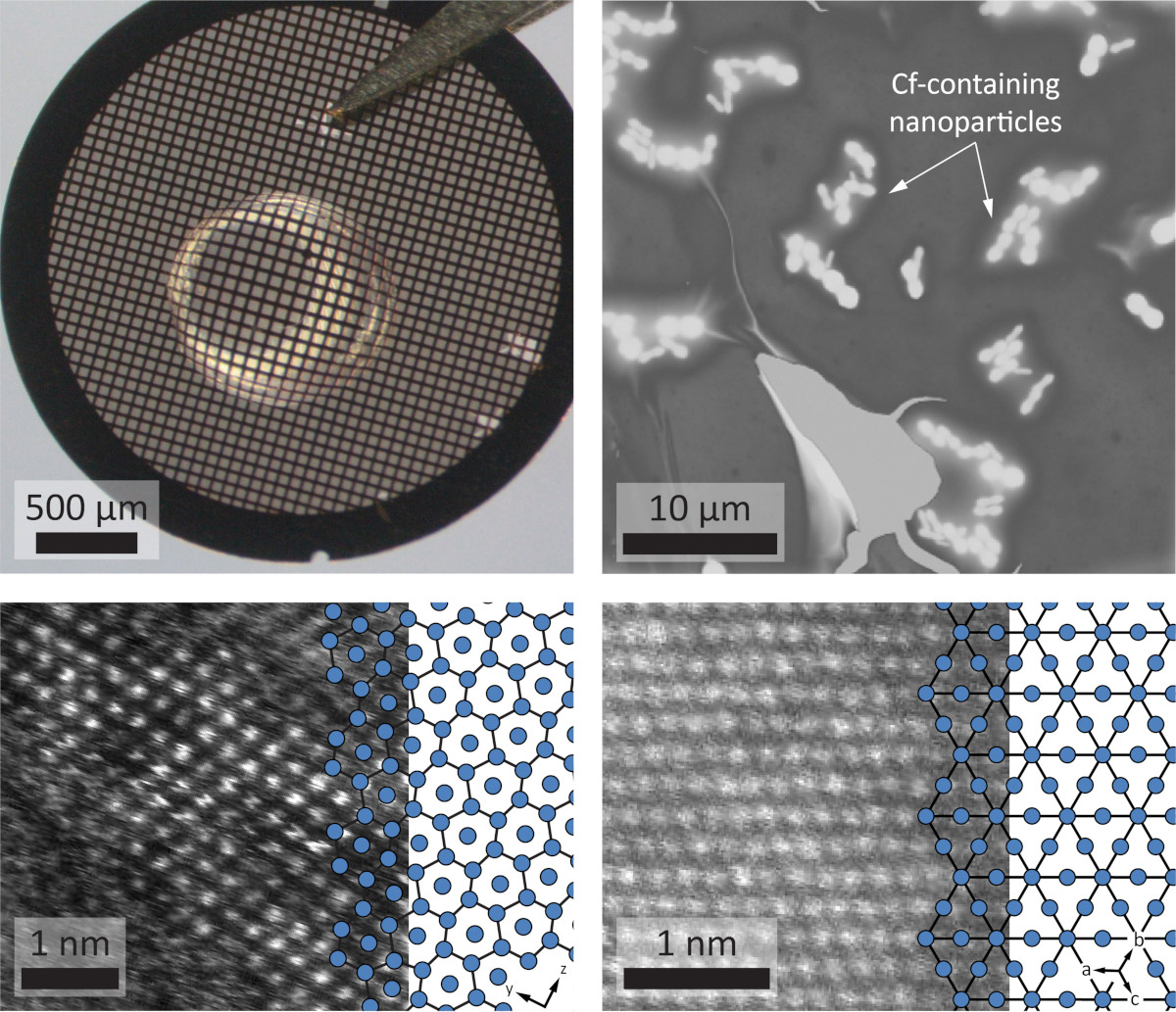
Do You Know the Way to Berkelium, Californium?
Scientists at Berkeley Lab have demonstrated how to image samples of heavy elements as small as a single nanogram. The new approach will help scientists advance new technologies for medical imaging and cancer therapies.
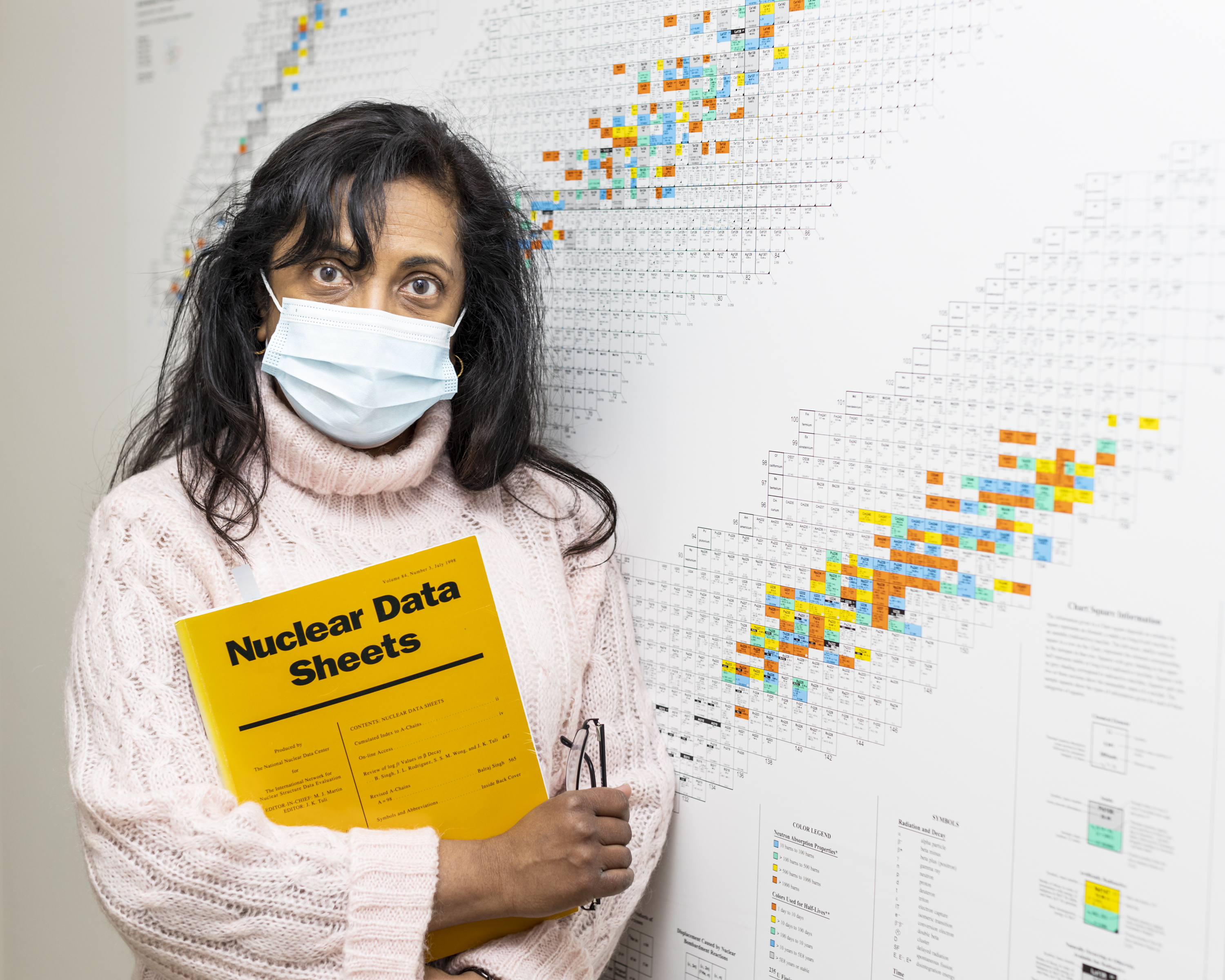
Caroline Nesaraja: Providing nothing but the best nuclear data
Nuclear physicist Caroline Nesaraja of the Department of Energy’s Oak Ridge National Laboratory evaluates nuclear data. Her work ensures that the scientific community has the best nuclear data for fundamental research and applications including medical isotopes, nuclear energy and national and international security.

Science Snapshots: COVID-19, power outages, Alzheimer’s disease, and optical antennas
March Science Snapshots from Berkeley Lab

Borrowing from birds, experts reduce search times for novel high-entropy alloys to seconds
Computational materials science experts at the U.S. Department of Energy’s Ames Laboratory enhanced an algorithm that borrows its approach from the nesting habits of cuckoo birds, reducing the search time for new high-tech alloys from weeks to mere seconds.
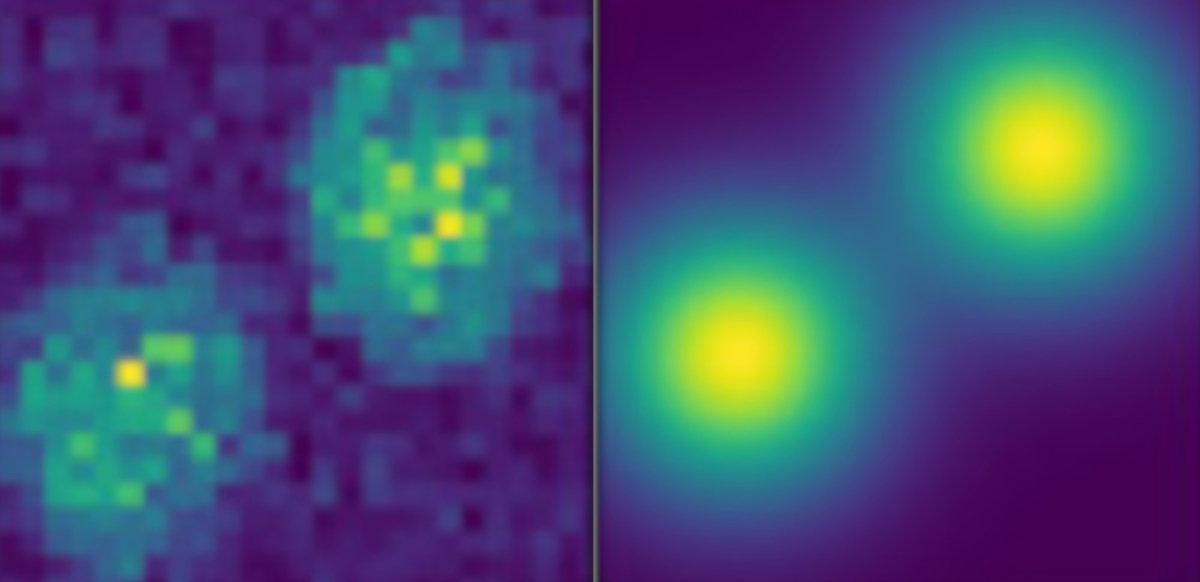
Shine On: Avalanching Nanoparticles Break Barriers to Imaging Cells in Real Time
A team of researchers co-led by Berkeley Lab and Columbia University has developed a new material called avalanching nanoparticles that, when used as a microscopic probe, offers a simpler approach to taking high-resolution, real-time snapshots of a cell’s inner workings at the nanoscale.
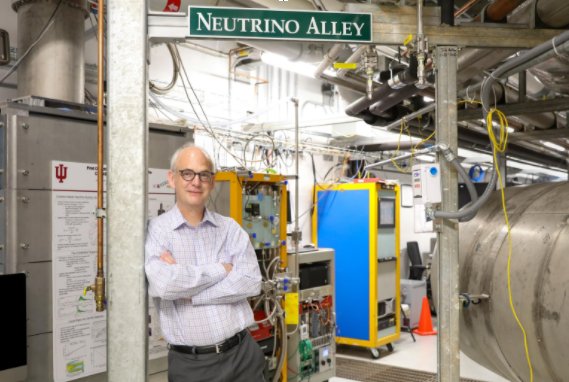
Welcome to Neutrino Alley: Q&A with ORNL’s Marcel Demarteau
Marcel Demarteau is director of the Physics Division at the Department of Energy’s Oak Ridge National Laboratory.
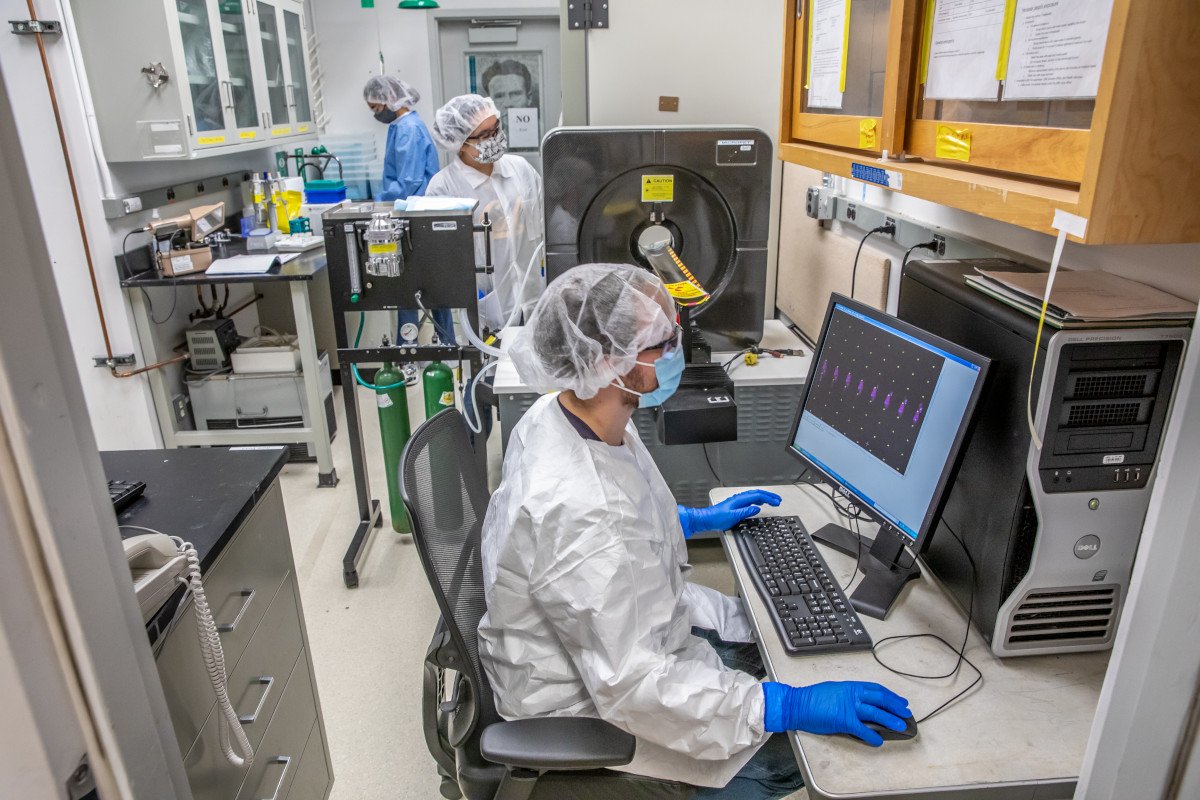
Scientists Recruit New Atomic Heavyweights in Targeted Fight Against Cancer
Researchers from Berkeley Lab and Los Alamos National Laboratory have developed new methods for the large-scale production, purification, and use of the radioisotope cerium-134, which could serve as a PET imaging radiotracer for a highly targeted cancer treatment known as alpha-particle therapy.
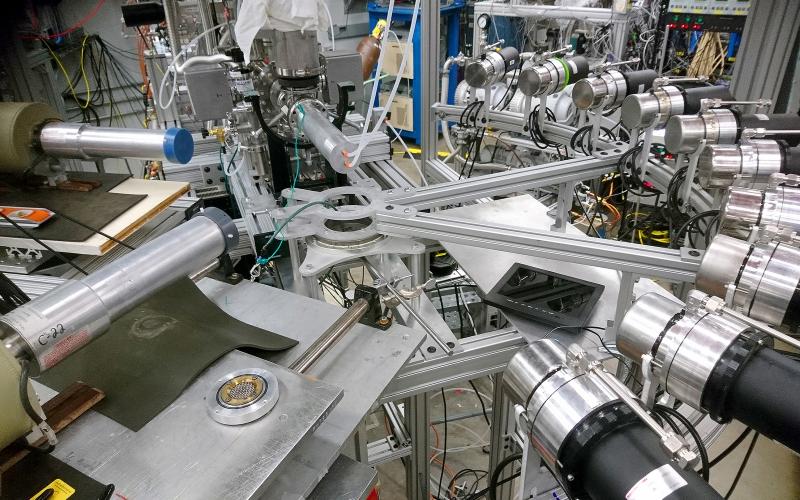
Righting a wrong, nuclear physicists improve precision of neutrino studies
Led by the Department of Energy’s Oak Ridge National Laboratory, a new study clears up a discrepancy regarding the biggest contributor of unwanted background signals in specialized detectors of neutrinos.
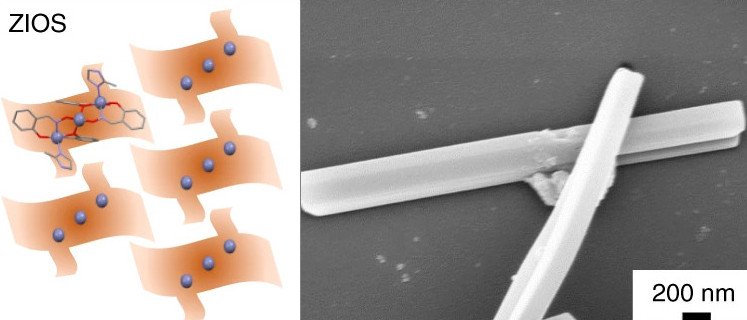
New Material Designed by Berkeley Lab ‘Mines’ Copper from Toxic Wastewater
A research team led by Berkeley Lab has designed a new material – called ZIOS (zinc imidazole salicylaldoxime) – that extracts copper ions from mine wastewater with unprecedented precision and speed.
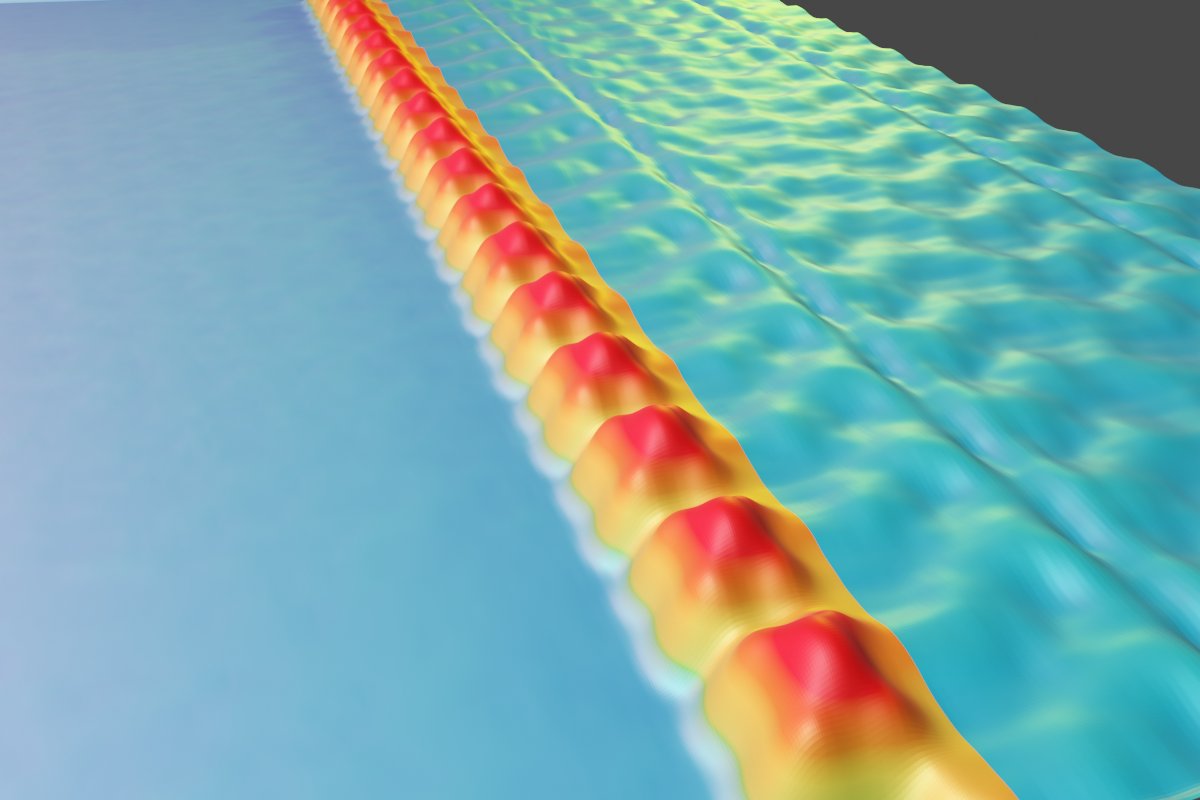
Charges Cascading Along a Molecular Chain
Removing one charged molecule from a one-dimensional array causes the others to alternately turn ‘on’ or ‘off,’ paving the way for information transfer in tiny circuits

What’s Nanotechnology? Kristin Persson Explains at 4 Different Levels
In celebration of National Nanotechnology Day, Molecular Foundry Director Kristin Persson explains atomic-scale engineering at four different levels – for a kindergartner, a middle schooler, a high school senior, and a graduate student

Jennifer Doudna Wins 2020 Nobel Prize in Chemistry
Biochemist Jennifer Doudna, a professor at UC Berkeley and faculty scientist at the Department of Energy’s Lawrence Berkeley National Laboratory (Berkeley Lab), is co-winner of the 2020 Nobel Prize in Chemistry for “the development of a method for genome editing.”
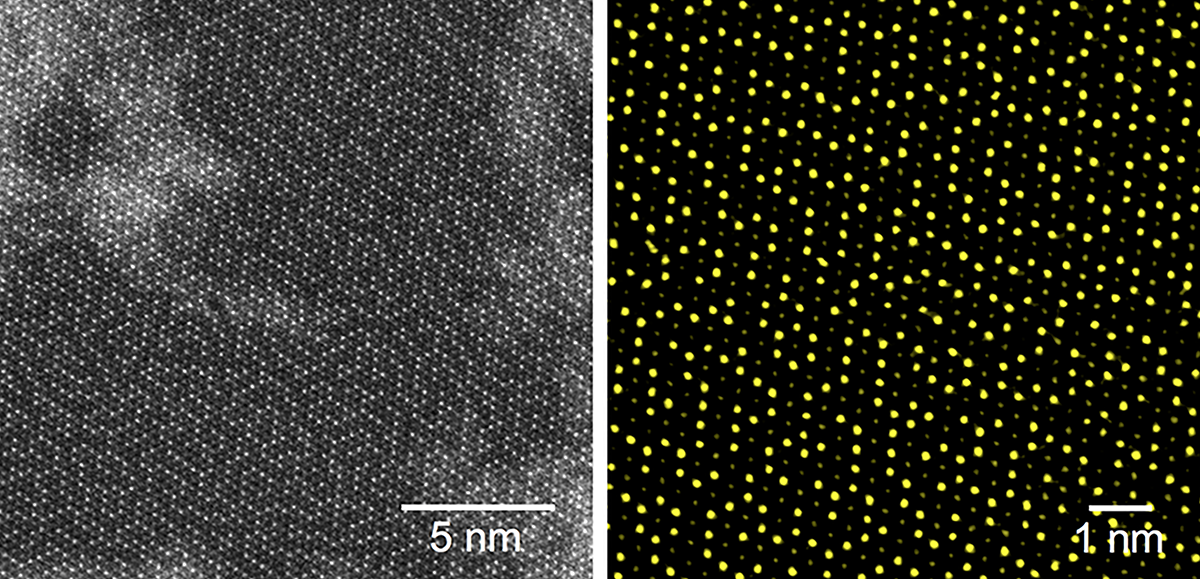
2D Electronics Get an Atomic Tuneup
Scientists at Berkeley Lab have demonstrated a new technique that could improve the performance of atomically thin semiconductors for next-generation electronics such as optoelectronics, thermoelectrics, and sensors.
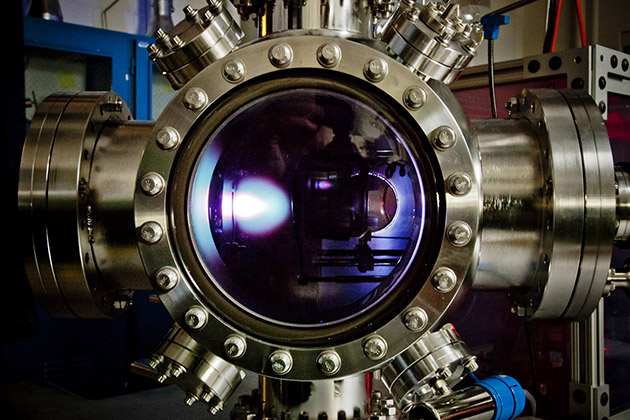
Toward an Ultrahigh Energy Density Capacitor
Researchers at Berkeley Lab and UC Berkeley have demonstrated that a common material can be processed into a top-performing energy storage material. Their discovery could improve the efficiency, reliability, and robustness of personal electronics, wearable technologies, and car audio systems.

Wayne State receives DOE grant to develop catalysts for renewable energy generation
This research will focus on the development of efficient electrochemical systems for energy generation and storage. The proposed work will have a significant impact on the development of efficient energy conversion systems.
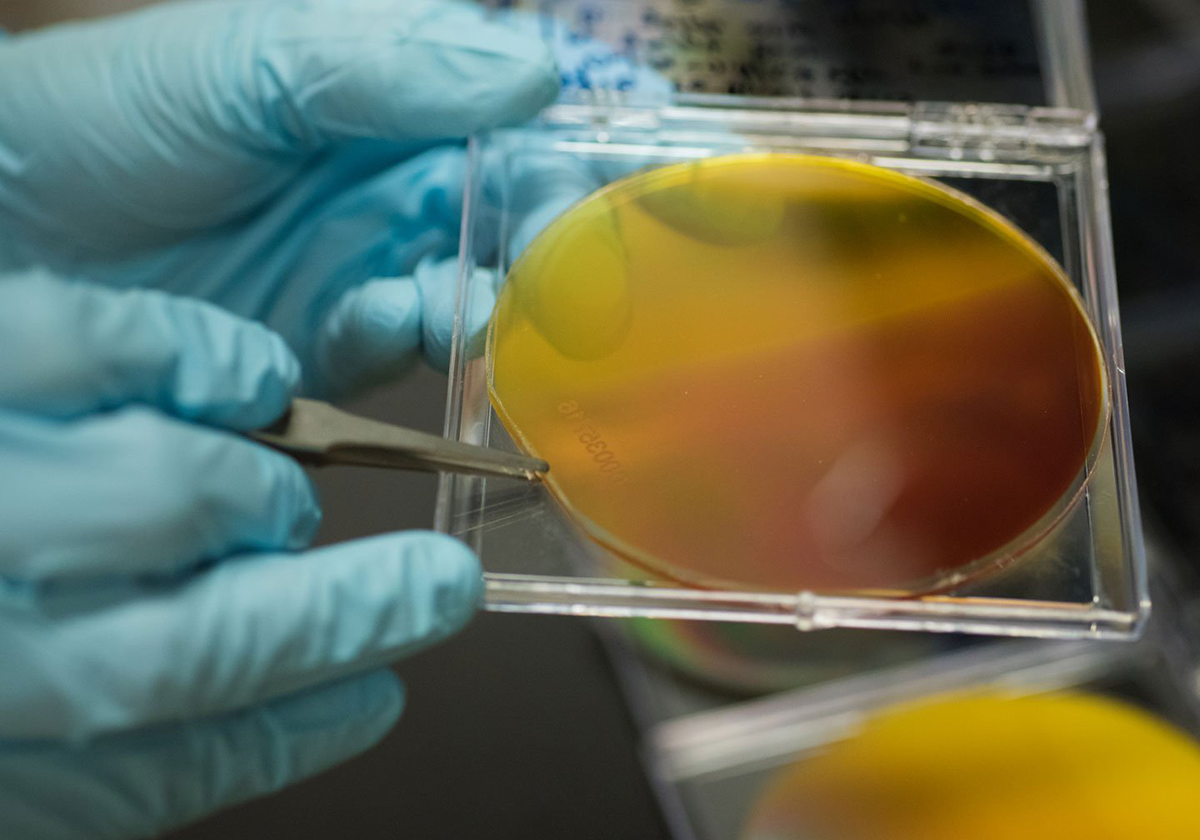
Berkeley Lab Part of Multi-Institutional Team Awarded $60M for Solar Fuels Research
The Department of Energy has awarded $60 million to a new solar fuels initiative – called the Liquid Sunlight Alliance (LiSA) – led by Caltech in close partnership with Berkeley Lab. LiSA will build on the foundational work of the Joint Center for Artificial Photosynthesis (JCAP).

Battery Breakthrough Gives Boost to Electric Flight and Long-Range Electric Cars
Researchers at Berkeley Lab, in collaboration with Carnegie Mellon University, have developed a new battery material that could enable long-range electric vehicles that can drive for hundreds of miles on a single charge, and electric planes called eVTOLs for fast, environmentally friendly commutes.
Scientists Dive Deep Into Hidden World of Quantum States
A research team led by the Department of Energy’s Lawrence Berkeley National Laboratory (Berkeley Lab) has developed a technique that could lead to new electronic materials that surpass the limitations imposed by Moore’s Law.

Process for ‘two-faced’ nanomaterials may aid energy, information tech
A team led by Oak Ridge National Laboratory implanted atoms precisely into the top layers of ultra-thin crystals, yielding two-sided Janus structures that may prove useful in developing energy and information technologies.
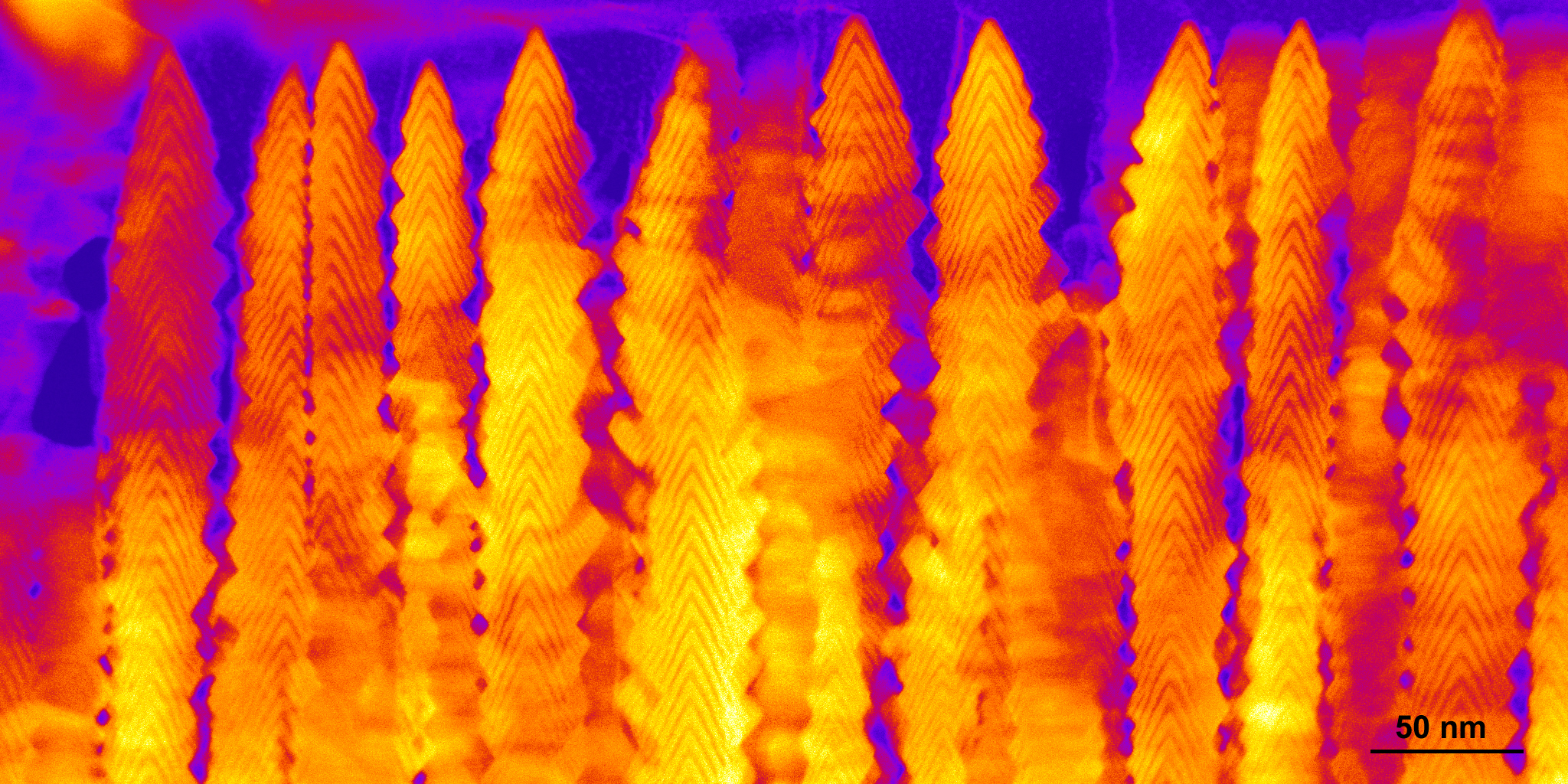
Crystalline ‘nanobrush’ clears way to advanced energy and information tech
A team led by Oak Ridge National Laboratory synthesized a “nanobrush” structure with high surface area and discovered how its unique architecture drives ions across interfaces to transport energy or information.
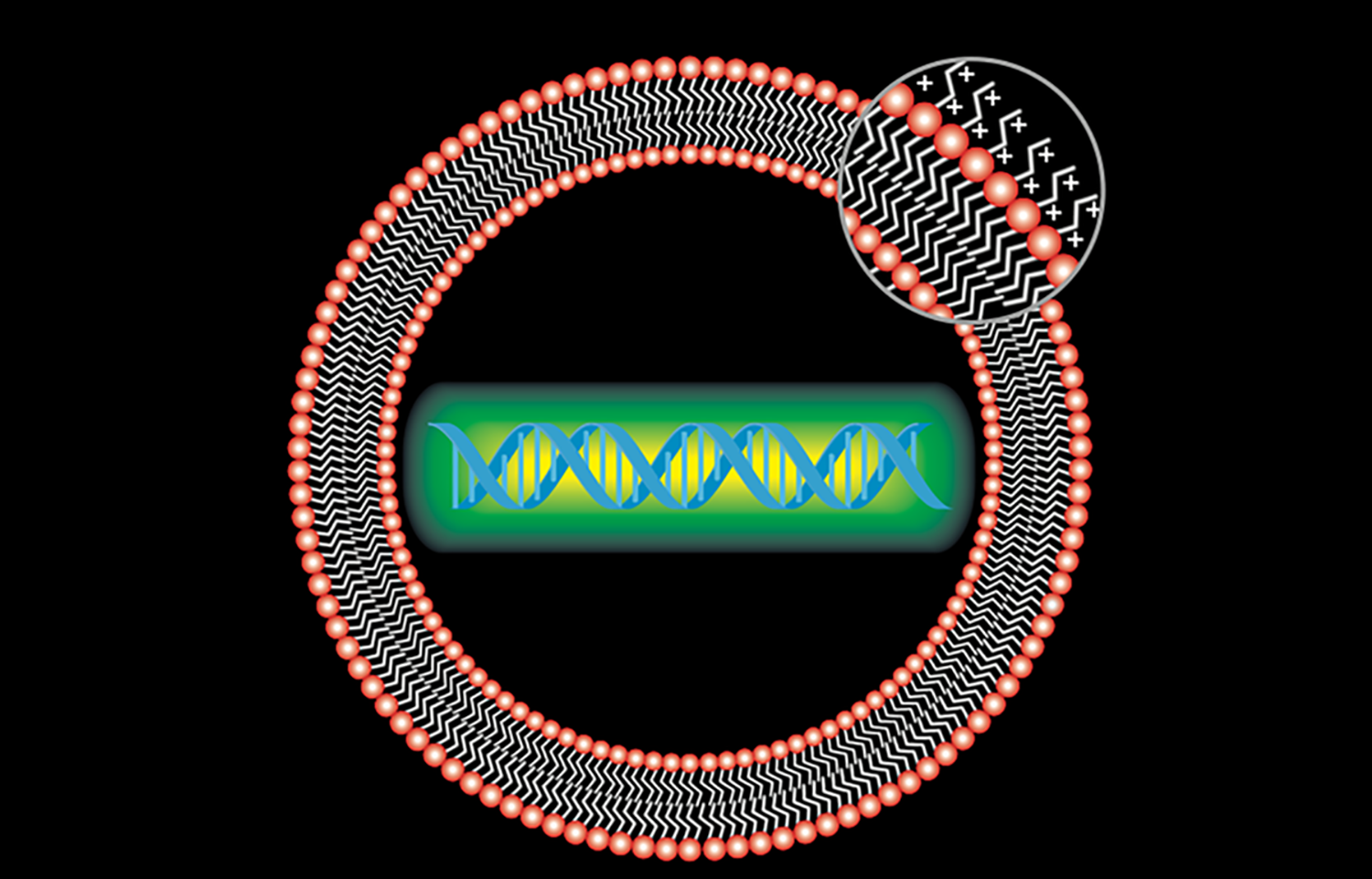
Scientists Aim Gene-Targeting Breakthrough Against COVID-19
Scientists at Berkeley Lab and Stanford have joined forces to aim a gene-targeting, antiviral agent called PAC-MAN against COVID-19.
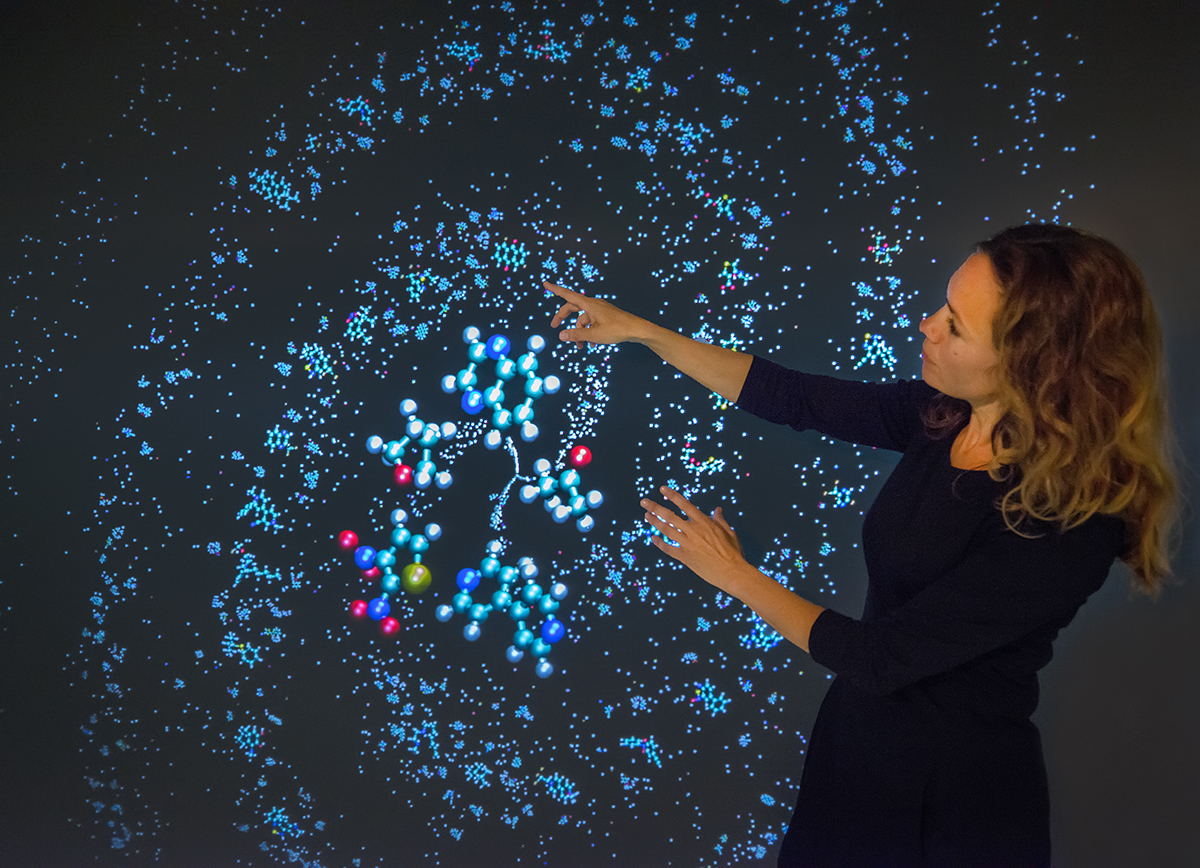
Making a Material World Better, Faster Now: Q&A With Materials Project Director Kristin Persson
Berkeley Lab’s Kristin Persson shares her thoughts on what inspired her to launch the Materials Project online database, the future of materials research and machine learning, and how she found her own way into a STEM career.